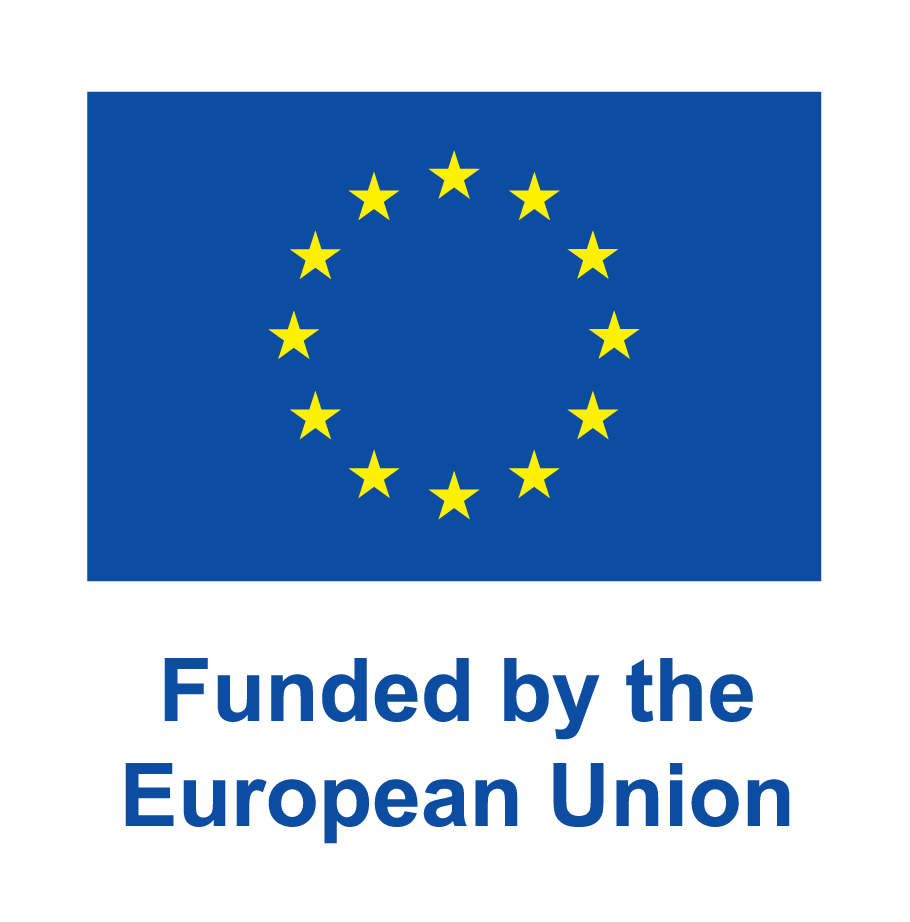Human trafficking is a form of crime that crosses borders. Criminal networks are spread across countries of origin, transit and destination. This international dimension makes combating human trafficking complex. Coordination between different authorities is required, and regional and international cooperation is crucial. Sharing knowledge and information helps national authorities to stop criminals and support victims.
EMN Study | Human trafficking
How do the EU, EU Member States, and other European countries tackle human trafficking internationally?
> Read the full study ‘Trafficking in human beings - the international dimension’
The European Migration Network investigated how the EU, EU Member States, and other European countries tackle human trafficking internationally. The research results provide insight into existing measures and show where there are opportunities for improving mutual cooperation.
How do the EU, EU Member States and other European countries tackle human trafficking internationally?
The EU supports and finances cooperation between the public authorities of EU Member States, European institutions and agencies, and non-EU/EFTA countries. This includes through the European Multidisciplinary Platform Against Criminal Threats (EMPACT).
The new EMN study shows, among other things, that European countries focus primarily on prevention, victim protection and prosecution of perpetrators.
Successful examples of combating human trafficking include:
- awareness campaigns;
- deployment of local police liaison officers;
- cooperation with NGOs and civil society organisations;
- support from EU agencies in law enforcement.
Within their own territories, EU Member States and EMN observer countries cite the establishment of special law enforcement units, victim support, and support and referral systems as effective measures.


